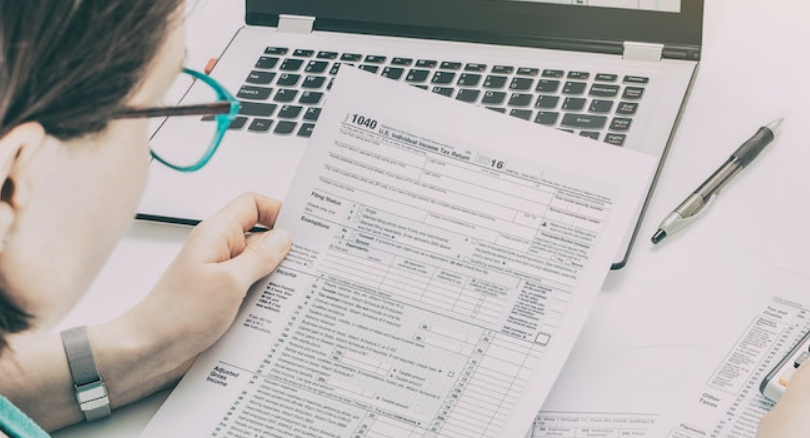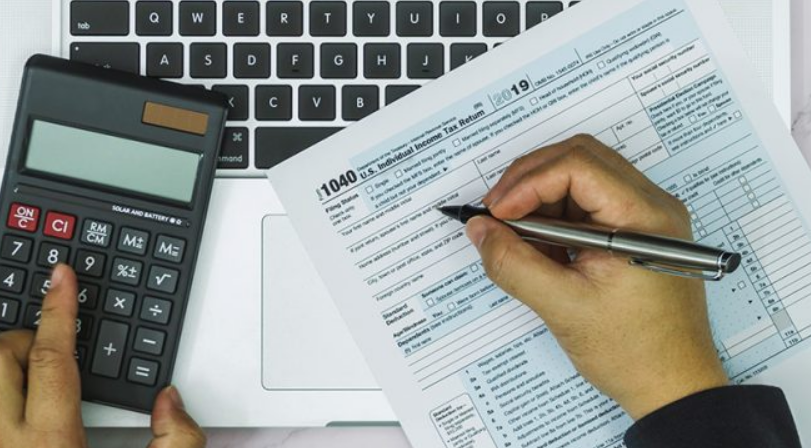Taxpayers who haven't yet filed their back tax returns should do so. However, the IRS typically only asks you to file the past six years of tax returns to maintain good status with them. In some cases, the IRS can look back further than six years
.Previously, you could only seek tax refunds and credits for a specific time. The IRS only allows you to collect refunds and tax credits within three years after the initial due date. A tax refund could be lost if you fail to file your taxes within three years of their due date since you are no longer eligible for tax credits or over-withholding from your income.
Get All the Information Needed to File the Past-Due Return

Check to see if you have all the information needed to file the delayed tax returns. The first step is to request a copy of your pay stubs. Knowing which W-2s and 1099s you received is essential for filing your taxes. Obtaining a copy of your account's transcript will show you any current or previous year's tax payments or credits. Get to know the ins and outs of the Internal Revenue Service.
You should gather this information if you have income that isn't on file with the IRS, such as through self-employment, investments, or any other source. Analyze your finances and check if you qualify for any tax breaks.
Requesting an extension to file a late tax return may result in a positive response from the IRS (such as a substitute for return, levy, or lien).
Check to see if further steps need to be taken after filing your tax return late (such as date-stamping or filing with an IRS compliance unit).
If you have past-due tax returns, the IRS may require you to file forms for the current year and the prior six years. Ultimately, it's up to you and the IRS to decide how far back in time you need to file your taxes.
Send the completed tax form to the IRS division

File your taxes correctly. To guarantee that all of your income was reported to the IRS and that any withholdings or anticipated tax payments were included in your return, you should check your return against IRS transcripts at least two times.
The IRS may accept a payment plan if you owe them money but cannot pay it in full.n Include a request for penalty relief in the return if applicable. If you have one past-due return to file, you may be exempt from the failure to file and failure to pay penalties. If you have to file a lot of returns, managing penalties and debts gets more complicated. A deeper dive into penalty relief options is called for in more complicated instances.
Some people may find it difficult to locate documents from earlier years. As it turns out, the IRS provides a form that allows you to request any tax information they have on file for you for a specific year. Even if you haven't filed a tax return, you can request a transcript of your information using Form 4506-T. You have access to tax records going back a decade.
W-2s, 1099s, and 1098s will all be included in the information the IRS sends to you. You'll still need to research possible tax deductions and credits because it won't include that information.
Fill up and send in your tax form
Use the tax forms for that year only once you have all the paperwork in order. To file a 2018 tax return, for example, you'll need to use 2018 tax return forms. On the IRS website, you can find these documents. Tax returns can be tedious to fill out if done by hand, so be patient. Fortunately, TurboTax also allows you to file tax returns from earlier years. Because TurboTax does not allow you to e-file prior year returns, you'll have to print them out and mail them in.
As a reminder, with TurboTax, we'll ask you a few simple questions about your life and help you fill out all the necessary tax forms. From simple to complex tax returns, TurboTax ensures that your tax returns are done correctly.




